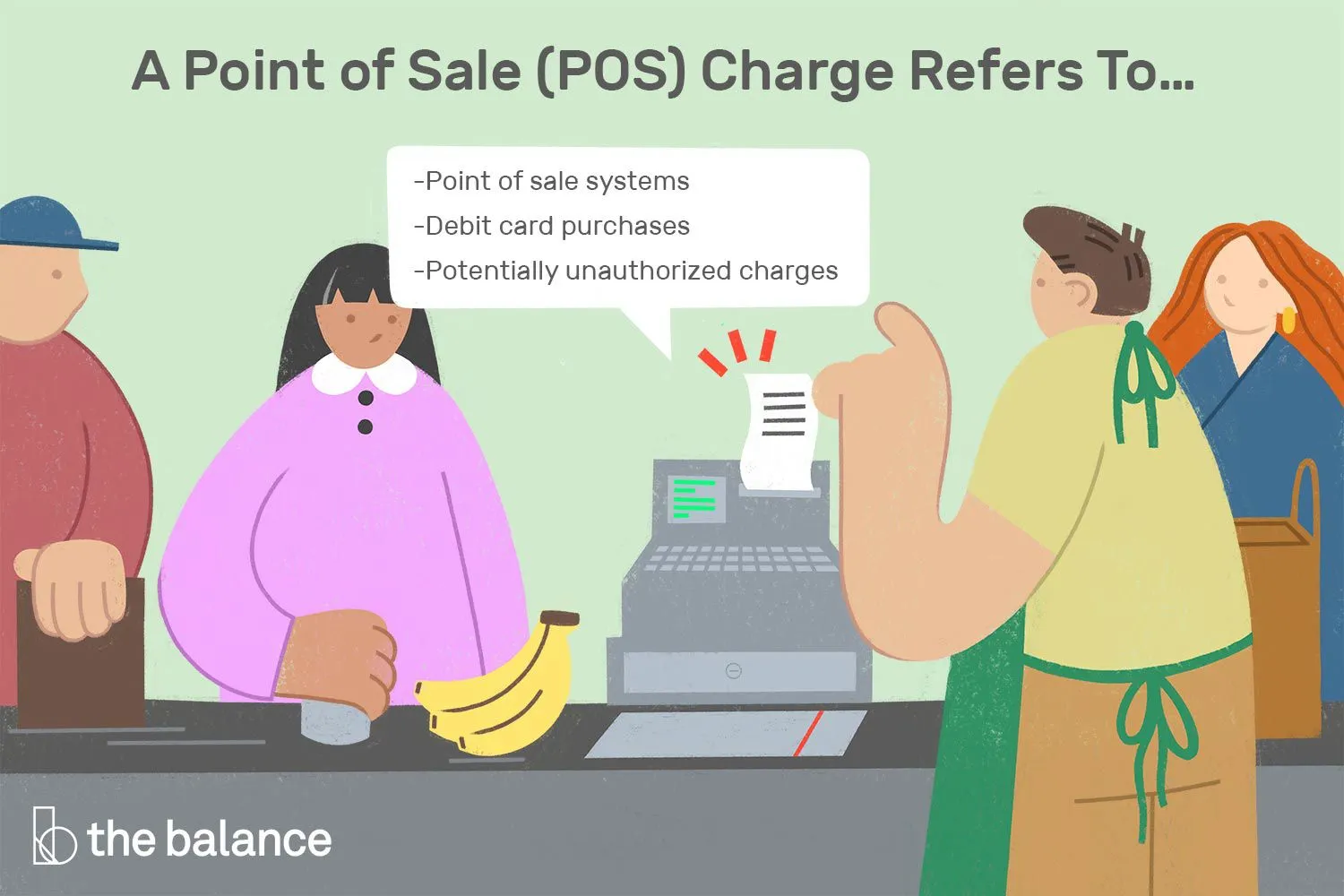In the complex world of construction, ensuring projects are completed on time, within budget, and to the highest standards is paramount. A key mechanism that helps achieve this balance is the use of retention fees. This guide delves into the intricacies of retention fees, exploring their meaning, purpose, and impact on construction projects.
What is a Retention Fee Meaning – Definition and Purpose
A retention fee, also known as retainage, is a percentage of the total contract value intentionally withheld by the client (or project owner) from the contractor’s payment. Think of it as a financial safety net designed to ensure the project is completed according to the agreed-upon terms and quality standards.
Here’s how it works:
- Agreement: During the contract negotiation phase, both parties agree on a specific retention percentage, typically ranging from 5% to 10%. This percentage and the payment schedule are clearly outlined in the contract.
- Withholding: As the project progresses and the contractor submits invoices for completed work, the client deducts the agreed-upon retention percentage from each payment.
- Project Completion and Release: Once the entire project is finalized and meets all contractual obligations, including a thorough inspection process, the client releases the retained funds to the contractor.
Why are Retention Fees Important?
Retention fees offer advantages to both clients and contractors:
For Clients:
- Quality Assurance: Knowing a portion of their payment is on hold motivates contractors to maintain high standards and deliver quality workmanship.
- Financial Security: If the contractor fails to complete the project, delivers substandard work, or defaults on contractual obligations, the client has recourse and can use the retained funds to hire another contractor to finish the job or rectify any defects.
- Project Completion Incentive: The promise of receiving the full payment, including the retained amount, encourages contractors to adhere to project deadlines and meet all contractual requirements.
For Contractors:
- Trust and Reputation: Agreeing to a retention fee demonstrates a contractor’s commitment to delivering quality work and builds trust with clients, potentially leading to future business opportunities.
- Negotiating Tool: While a retention fee is standard practice, its percentage and release terms can be negotiated, allowing contractors some flexibility while still providing assurance to the client.
How Retention Fees Work – Mechanics and Calculations
The mechanics of retention fees are relatively straightforward:
- Agreed-Upon Percentage: The retention fee is calculated as a percentage of the total contract value or the value of each payment installment. This percentage is clearly defined in the contract, commonly ranging from 5% to 10%.
- Payment Schedule and Milestones: The contract outlines a payment schedule tied to specific project milestones. As the contractor achieves each milestone and submits corresponding invoices, the client pays the agreed-upon amount, minus the retention percentage, which is withheld until project completion.
- Release Conditions: The contract clearly defines the conditions for releasing the retained funds. Typically, this involves a final inspection to verify that all work meets the specified standards and fulfills the contractual obligations.
Example:
Let’s say a construction project has a total contract value of $500,000, and the agreed-upon retention fee is 5%.
- The retention fee would be $25,000 (5% of $500,000).
- If the project has four payment milestones (25% completion each), the client would withhold $6,250 (25% of $25,000) at each milestone.
- Once the project is fully completed and approved, the client would release the total retained amount of $25,000 to the contractor.
Potential Challenges:
While retention fees offer significant benefits, some potential challenges warrant consideration:
- Cash Flow Impact: Retaining a portion of payments can impact the contractor’s cash flow, especially for smaller companies or on large-scale projects.
- Disputes and Delays: Disagreements over the quality of work or whether milestones have been met can lead to disputes and delays in releasing the retainage.
Best Practices:
To mitigate potential challenges and ensure a smooth process:
- Clear Contractual Agreements: The contract should clearly outline the retention percentage, payment schedule, milestone definitions, release conditions, and a dispute resolution mechanism.
- Open Communication: Maintaining open communication between the client and contractor throughout the project is crucial to address any concerns, clarify expectations, and resolve potential issues promptly.
- Industry Standards and Legal Advice: Adhering to industry standards and seeking legal advice, especially for complex projects or international contracts, can help ensure compliance and mitigate potential risks.
Benefits of Using Retention Fees in Construction and Contracts
Beyond the individual benefits to clients and contractors, retention fees provide a framework for success in the construction industry as a whole:
- Increased Project Success Rates: By aligning incentives and mitigating financial risks, retention fees contribute to higher project completion rates and reduce the likelihood of disputes or legal battles.
- Improved Communication and Collaboration: The presence of retention fees fosters a culture of transparency and accountability, encouraging proactive communication and collaborative problem-solving between clients and contractors.
- Higher Industry Standards: Retention fees incentivize contractors to prioritize quality workmanship, driving up industry standards and promoting a culture of excellence in construction projects.
Alternatives and Supplements to Retention Fees:
While retention fees are a widely accepted practice, alternative risk management tools can supplement or, in some cases, replace them:
- Performance Bonds: These bonds, provided by a surety company, guarantee project completion. If the contractor defaults, the surety company steps in to ensure the project is finished, protecting the client’s investment.
- Payment Bonds: These bonds guarantee that the contractor will pay subcontractors and suppliers, ensuring the project progresses smoothly without payment disputes.
- Letters of Credit: These financial instruments provide a guarantee of payment to the client in case of contractor default.
Choosing the right combination of risk management tools depends on the specific project, its complexity, and the level of risk involved. Consulting with legal and financial professionals is advisable to determine the most appropriate approach.
In conclusion, retention fees are a vital tool in the construction industry. They provide a balance of power and shared risk between clients and contractors, ultimately promoting successful project outcomes and fostering a culture of accountability, quality, and collaboration.
- Tile Backsplash With White Cabinets: A Kitchen Design Guide - November 25, 2025
- Best Backsplash For White Cabinets: Ideas To Transform Your Kitchen - November 24, 2025
- Modern White Kitchen Backsplash: A Guide to Stylish Kitchen Designs - November 23, 2025










